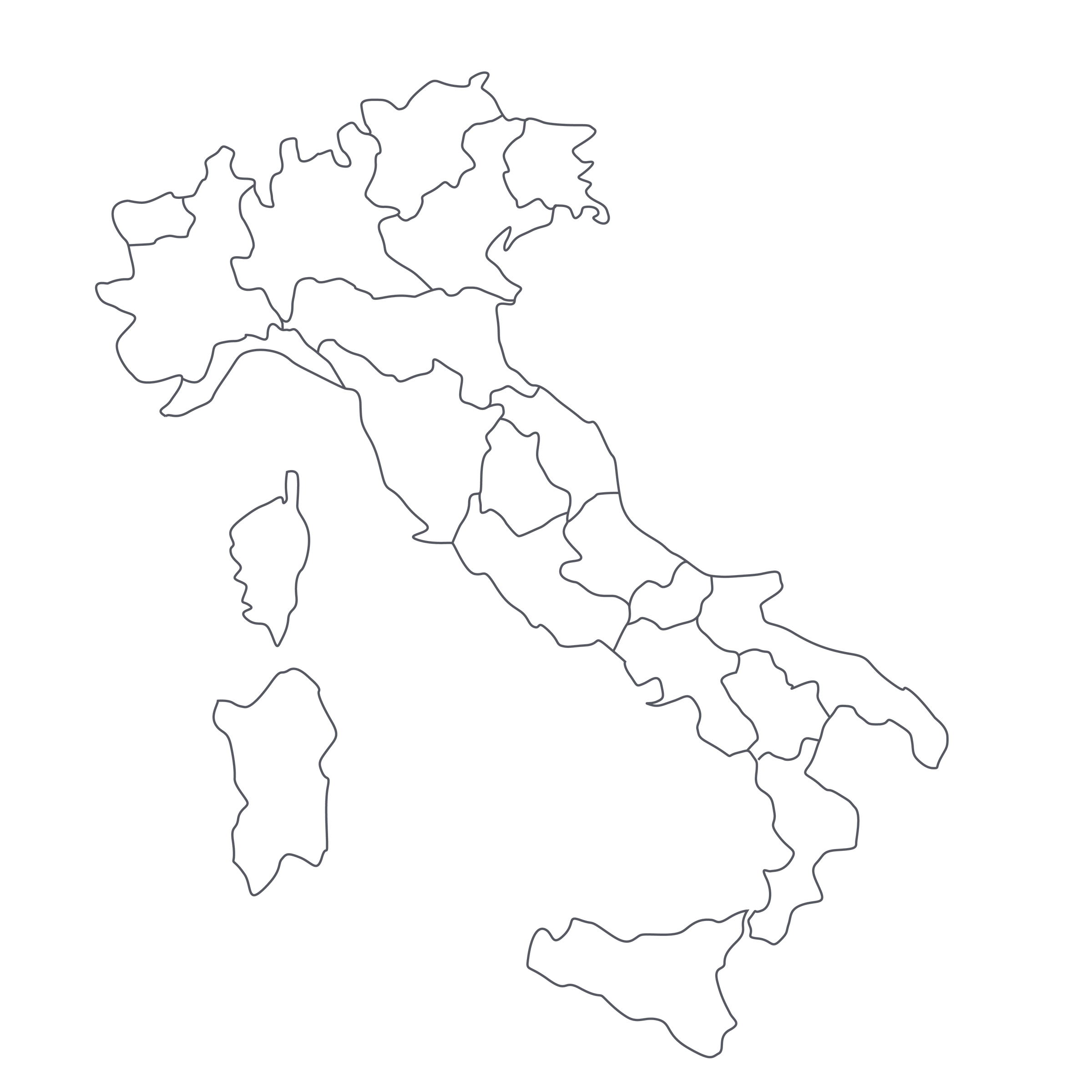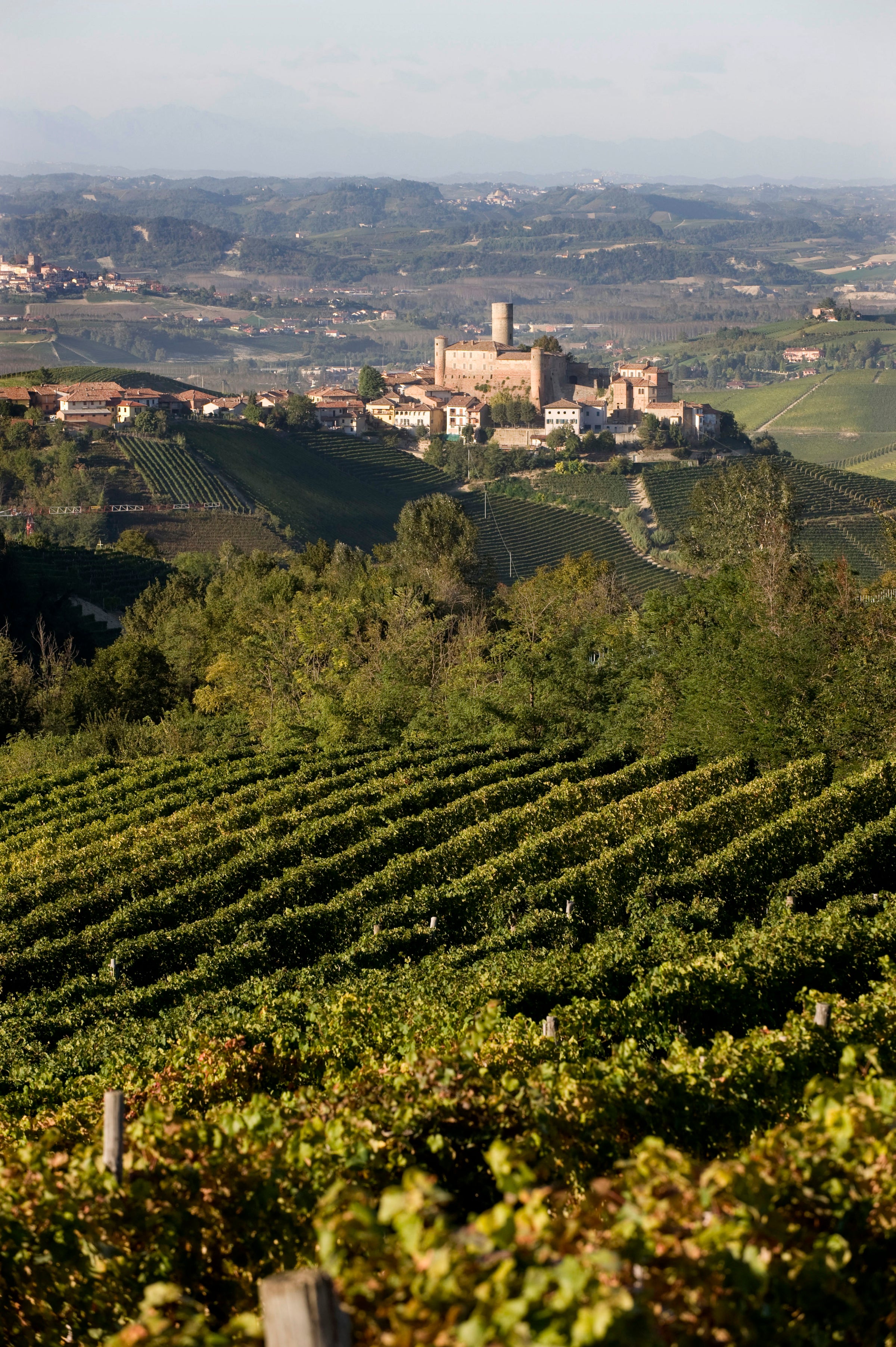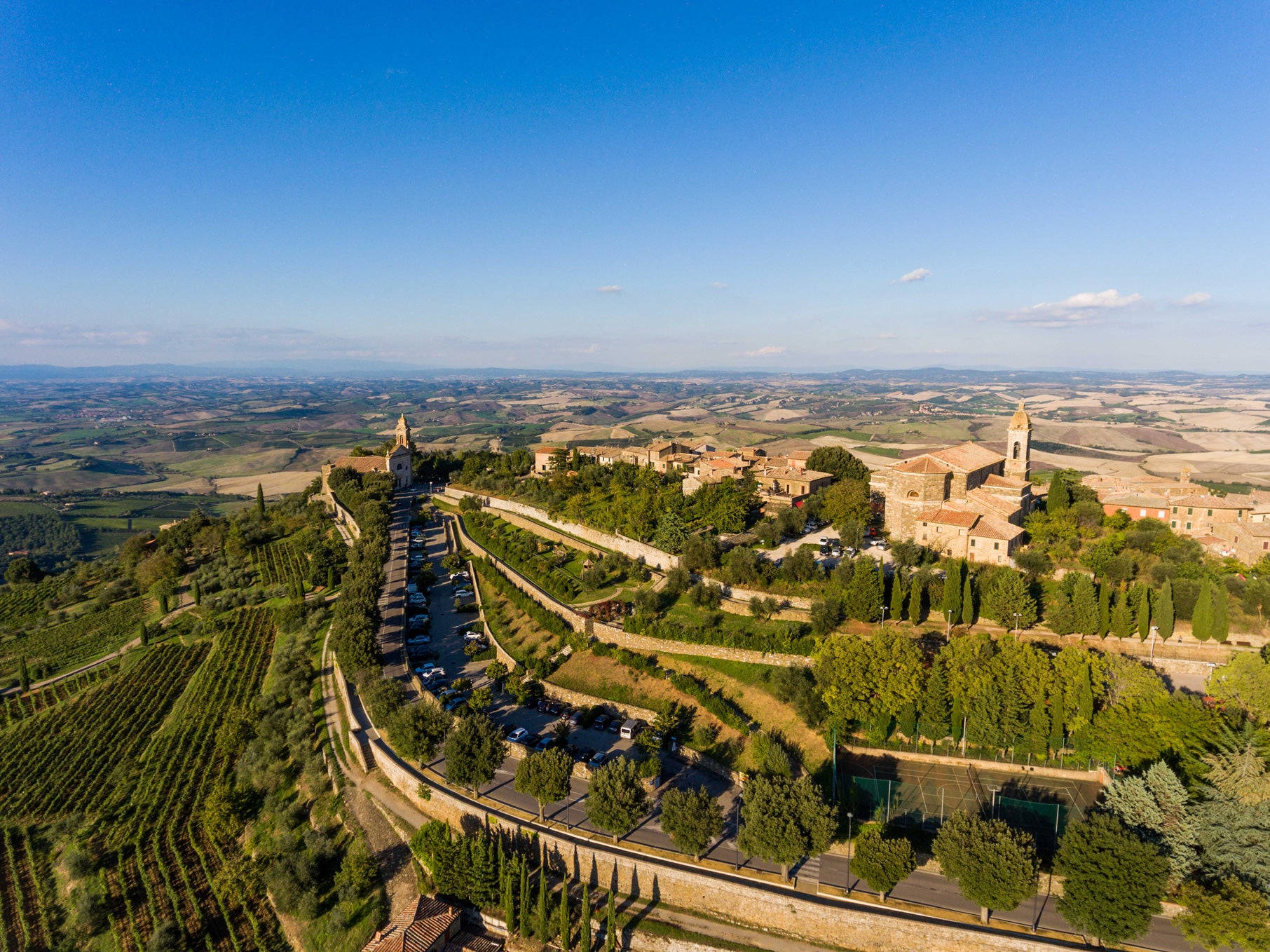Experiencing today’s pitch-perfect La Morra Barolo from Crissante Alessandria is like a reunion with a cherished old friend. What do I mean by “La Morra Barolo,” you ask? I mean ultra-pure, almost sappy cherry fruit, perfumed aromas, and a gentler breed of tannin. This is the hallmark of wines made in the village of La Morra—or, put another way, the Nebbiolo grape grown in the “comune di La Morra.”
I’ve always been partial to Barolo wines from this village (one of 11 towns near Alba that comprise the Barolo DOCG), and Crissante Alessandria has become a go-to producer. These wines are classic but clean, polished but soulful…in short, everything one could possibly ask for in a Barolo at a still-reasonable price. This latest release of their “village” bottling should be in both your glass and your cellar as soon as possible, right alongside your favorite Burgundies, Bordeaux, Napa Cabernets…whatever you consider collectible. And, believe me, this is as collectible as they come with at least 20 years of graceful maturation ahead of it. From a price/quality perspective, it leaves so many more-expensive wines completely in the dust I couldn’t begin to count. I’ve said it before, but it remains true: elite-level Barolo like this remains the best “value investment” in wine. It’s only going up, up, up!
BONUS: Alessandria’s importer gave us access to the winery’s single-vineyard “Capalot” bottling from the 2011 vintage! Act fast if you’d like to secure some: It can be found here.
Just as the assorted towns of Burgundy’s Côte d’Or are associated with certain styles of wine—Meursault and Puligny-Montrachet are neighboring towns, and grow the same grapes, but produce markedly different wines—so too are the villages that make up the Barolo appellation. The same grape (Nebbiolo) performs differently in the town of La Morra than it does in, say, Serralunga, so when I see a wine labeled as today’s wine is, it’s meaningful. The Barolo region made such commune-specific labeling “official” in 2010, with the creation of Menzioni Geografiche Aggiuntive (additional geographic mentions), and this wine does the mention proud, to say the least.
Based in the La Morra hamlet (frazione) of Santa Maria, atop the cru vineyard called “Roggeri” (where they farm three hectares), the estate was founded in 1958 when Crissante Alessandria decided to begin bottling some of his own wines from vineyards that had been in his family for generations. Centered on the Capalot and Roggeri vineyards, the family-run property has remained small and focused, and today totals about six hectares—all within the commune of La Morra, which neighbors the town of Barolo to the north. Eighth-generation vignaiolo Alberto Alessandria joined the family business in 2007, and since then the family has made significant investments in both the winery and vineyards (including converting to organic viticulture, for which they are now certified) to increase their profile.
The Alessandrias are the best-known producers of Barolo from the “Capalot” vineyard, which itself is best known for supplying part of Roberto Voerzio’s legendary “Riserva Vecchie Viti dei Capalot e delle Brunate” bottling (which is no longer made). They typically produce single-vineyard bottlings from their ‘home’ cru, “Roggeri,” as well. Today’s wine their ‘village-level’ bottling, which is sourced primarily from the clay-rich, east-facing Roggeri vineyard (60%), with the remained coming from the neighboring “San Biagio” (20%) and “Bettolotti” crus, both of which feature slightly sandier soils and more southern-facing aspects. Fruit from the different crus was fermented separately, after which the individual lots were blended the following Spring and aged 24 months in mostly ‘botti grandi’ (large Slavonian oak vats).
Today’s sumptuous, elegant 2017 is ‘textbook’ La Morra across the board. In the glass, it’s a deep, reflective garnet red moving to pink and orange at the rim, with seductive aromas of wild strawberries, red and black cherries, burnt orange peel, rose petals, fresh tea leaves, and warm spices. Its La Morra tannins are firm but relatively smooth, and with time (60+ minutes if opening now) the wine delivers lots of pleasure now. It has enough fruit to merit comparisons to great red Burgundy, and as it matures (which it certainly will), more of the underbrush, leather, tar, and rose petal sensations will emerge. Whenever you choose to open a bottle, serve this in Burgundy stems at 60-65 degrees with something that captures both its cherry-fruited charm and its profound connection to the earth. The attached stuffing recipe need not be limited to Thanksgiving season—it will work anytime! Enjoy!









